The Twist at Kistefos by BIG opens to the public

Post-industrial sites make for ripe spots for cultural redevelopment, as examples such as the Zeche Zollverein in Essen, Germany and the Tate Modern in London beautifully demonstrate. Old silos, abandoned warehouses and derelict engine rooms have long inspired architects and artists, and it is exactly in such a location that businessman and avid art collector Christen Sveeas established the Kistefos Sculpture Park in 1999, set in the remains of a wood pulp mill – a complex owned by Sveeas' family for decades. Thanks to Sveeas' passion for art and heritage, the sculpture park is one of Scandinavia's largest, currently hosting some 46 sculptures by Norwegian and international artists.
Now, contemporary architecture in the shape of the Bjarke Ingels Group's The Twist, has joined the exhibits – or is this new gallery space maybe art too? From a distance, the streamlined twisting shape feels solid and powerful, yet lightly touching the ground, almost like a large format art installation. This was entirely deliberate, explains BIG partner David Zahle. ‘One of our main concerns was minimising the expression of engineering to keep the shape pure, just like art'.
It all started with a competition. ‘When we started this process more than eight years ago, we travelled here to find the best place to build the museum,' Ingels recalls. ‘The only place there was space in for a museum was by the mill and this would put us in competition with the heritage architecture. So we started stepping back, and further back, till we reached the river. [The current spot] connects everything – the banks of river, mountain and valley, art and nature, vertical and horizontal. It’s the place where things meet and here is where the twist happened.'
Fast-forward eight years, and The Twist has just launched to the public. The building, designed to house art – not just for Sveeas' art collection, but mostly independent shows inspired by it – contains a single, airy gallery, as well as some rather fun toilet facilities, overlooking the river and the belly of the structure in all its twisted glory. (‘The client said to make sure some funds were reserved for the bathrooms, to make sure they are the best in Norway!', says Ingels).

The white, geometric shape stretches over the water, slender and curvaceous, carrying a sense of movement, but not overly so. This dynamism translates fully inside too, where walls become floors and vice versa, complemented by large glass openings offering some spectacular views out to the green Norwegian countryside. The interiors are clad in white painted planks of solid wood, on one hand referencing the exterior strips, and on the other hinting at traditional Norwegian architecture and the local vernacular of country homes and barns. Wood cladding is very traditional, Ingels explains, but here it also hides some state of the art equipment and opportunities for art display (as the sleek, clean interior is the result of some clever designing that keeps all services concealed).
Of course the site's industrial heritage is still reflected on the new structure on some level. ‘It is a post industrial site and the facade is made of typical industrial anodised aluminium sheet', says Ingels. ‘Also, it is entirely made of straight elements, even though it is curved and designed using hyperbolic paraboloids. There is a sobriety to it, and the complexity is done in a simple way.'
This feat of architecture couldn't have happened without some brave engineering. As the building was designed as a bridge, it moves a lot, but its joints cleverly adapt and disappear in the design. ‘Jørn Utzon had this idea that you can create anything out of mass produced elements’ says Ingels. ‘In the twist there is a kind of Utzonian commitment to find a way to generate something simple out of complexity’. Further inspiration came from American modernism and inhabited bridges, he continues, saying that ‘making buildings as bridges is a bit of a fantasy’.
Now, the building, which sits in the park among works by the likes of Anish Kapoor and Martin Creed, completes a journey through the larger site, helping connect the old silo and mill nearby with the artworks that are interspersed among the trees in a single, curated trajectory.
‘[This gallery] has been in the plans for almost 20 years’, says Sveeas. ‘An original design was never built but now I am happy that happened. This is a much more exciting building. Now we have a sort of natural bridge to make a round trip and see the whole area. I think we can say that the new building is also pretty unique.’
Ingels seems visibly proud. ‘Years later [than when we first designed it] and it was not simple, but this is mesmerizingly similar to the original vision', he smiles.
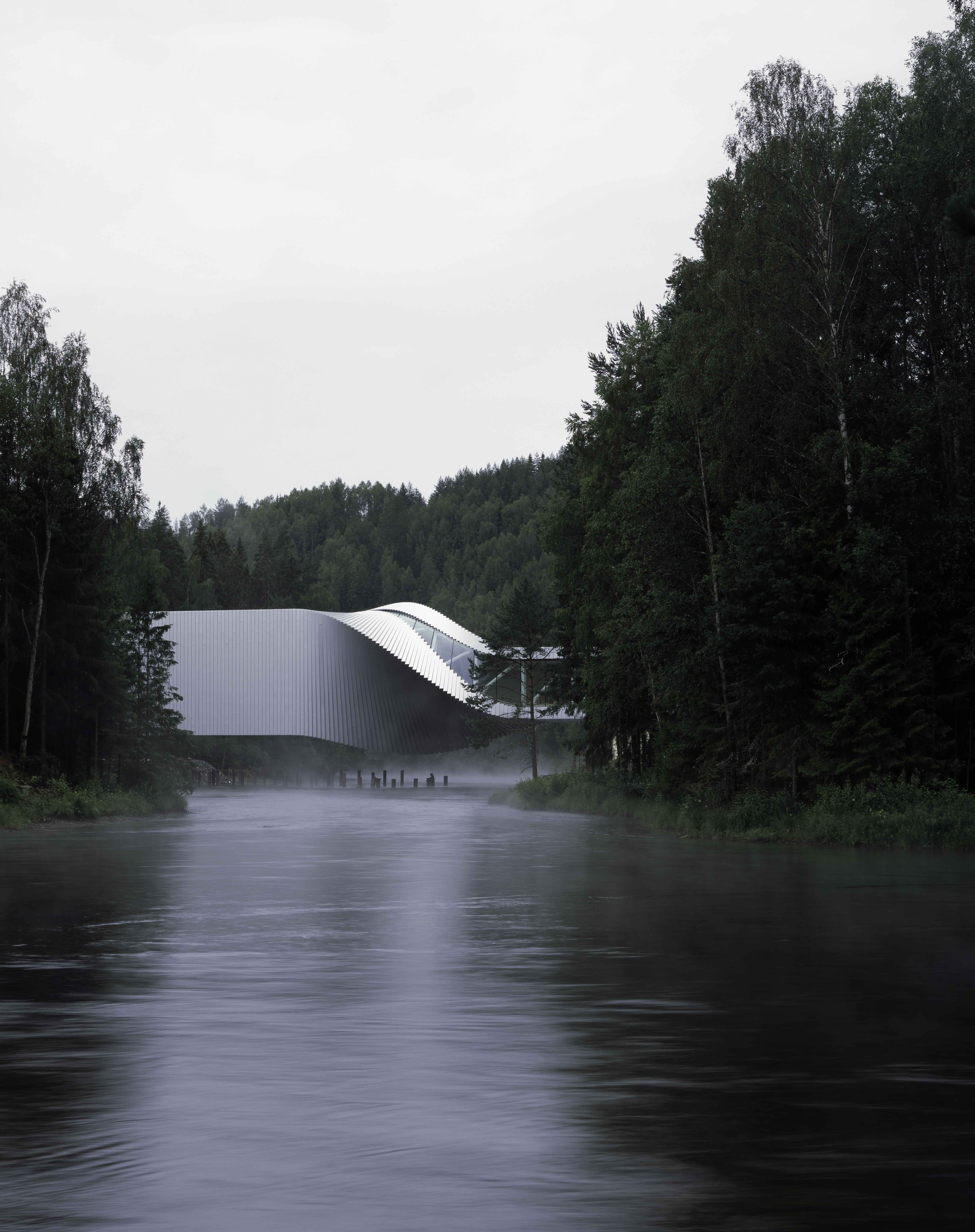
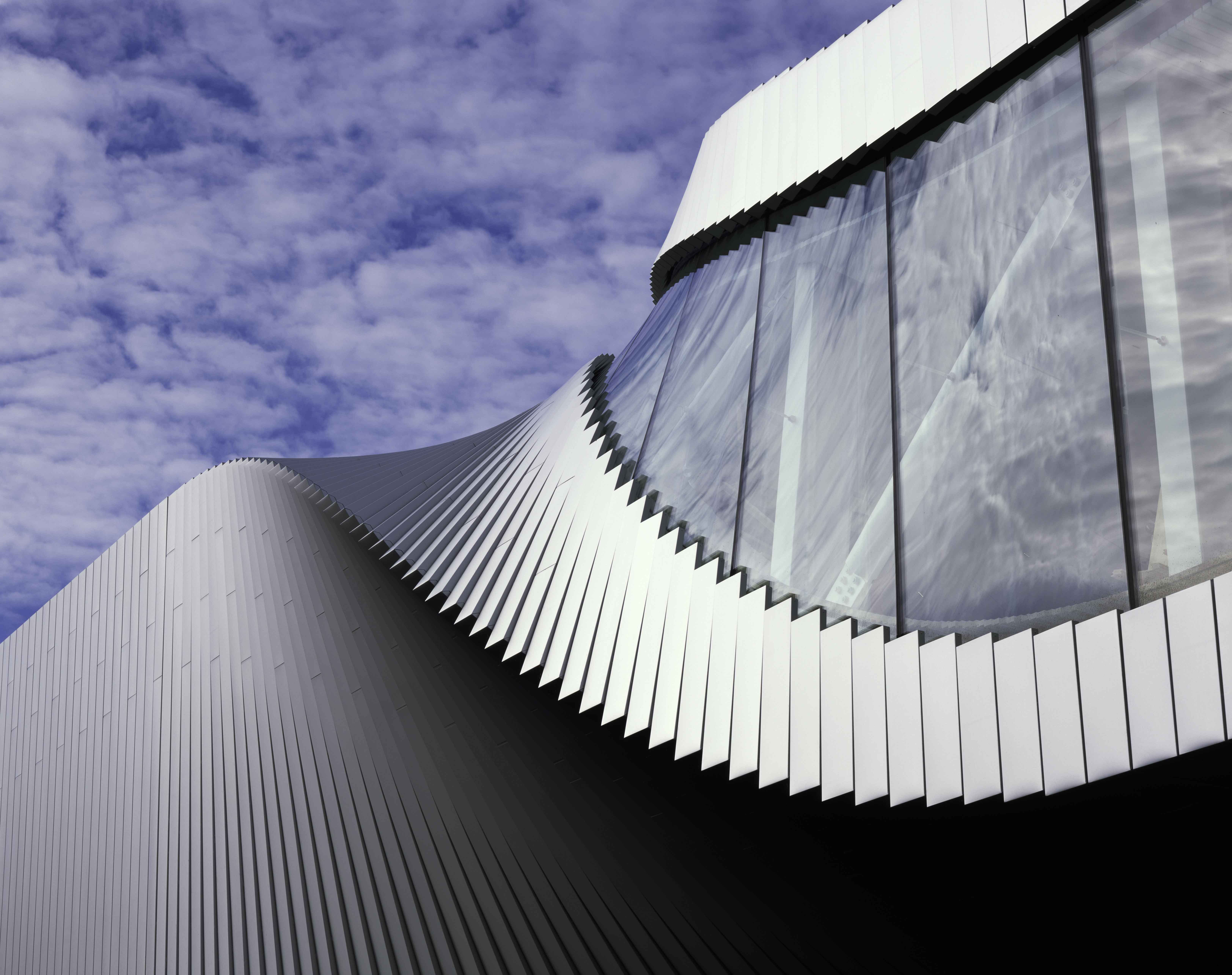
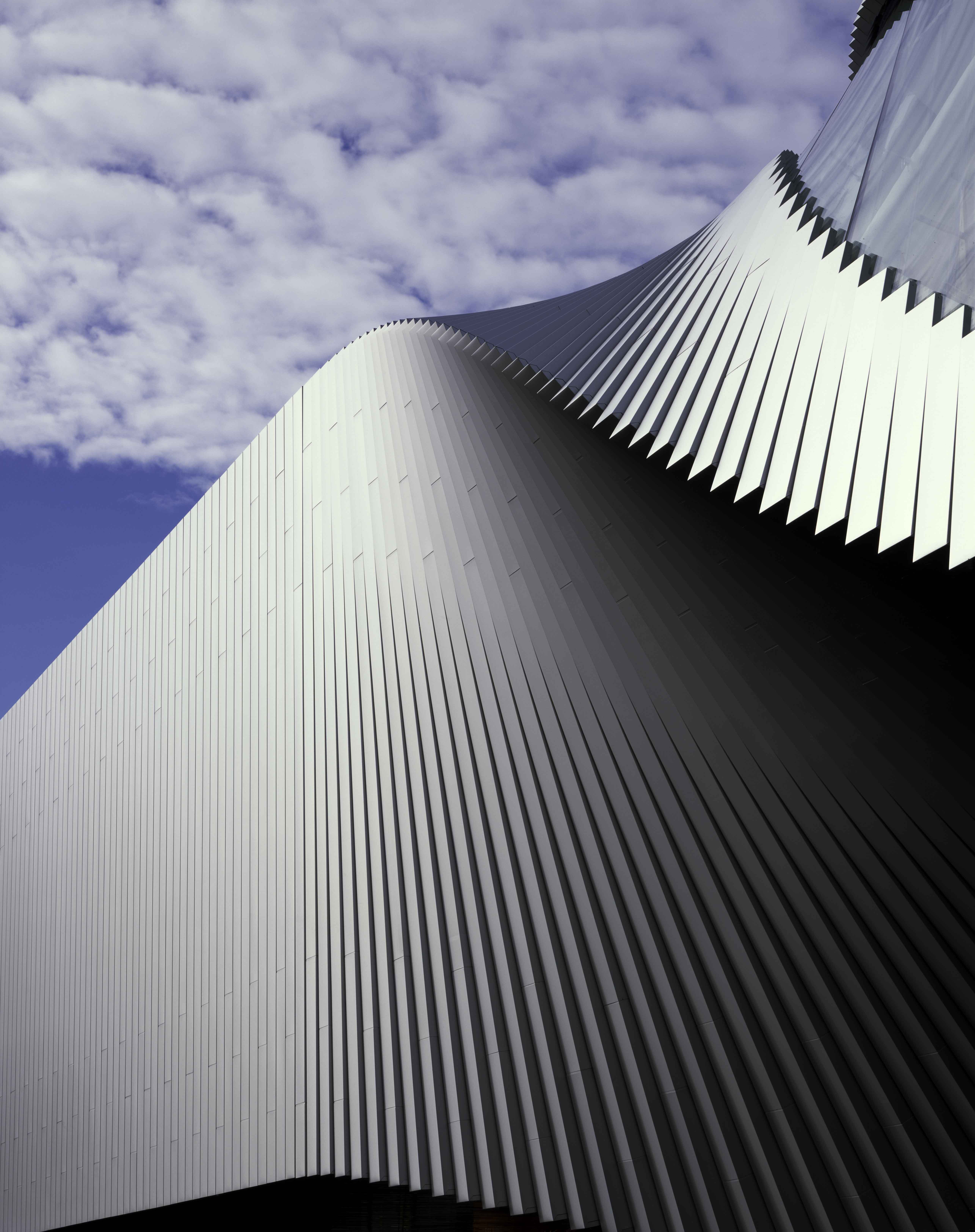

INFORMATION
Receive our daily digest of inspiration, escapism and design stories from around the world direct to your inbox.
Ellie Stathaki is the Architecture & Environment Director at Wallpaper*. She trained as an architect at the Aristotle University of Thessaloniki in Greece and studied architectural history at the Bartlett in London. Now an established journalist, she has been a member of the Wallpaper* team since 2006, visiting buildings across the globe and interviewing leading architects such as Tadao Ando and Rem Koolhaas. Ellie has also taken part in judging panels, moderated events, curated shows and contributed in books, such as The Contemporary House (Thames & Hudson, 2018), Glenn Sestig Architecture Diary (2020) and House London (2022).
-
 Men’s Fashion Week A/W 2026 is almost here. Here’s what to expect
Men’s Fashion Week A/W 2026 is almost here. Here’s what to expectFrom this season’s roster of Pitti Uomo guest designers to Jonathan Anderson’s sophomore men’s collection at Dior – as well as Véronique Nichanian’s Hermès swansong – everything to look out for at Men’s Fashion Week A/W 2026
-
 The international design fairs shaping 2026
The international design fairs shaping 2026Passports at the ready as Wallpaper* maps out the year’s best design fairs, from established fixtures to new arrivals.
-
 The eight hotly awaited art-venue openings we are most looking forward to in 2026
The eight hotly awaited art-venue openings we are most looking forward to in 2026With major new institutions gearing up to open their doors, it is set to be a big year in the art world. Here is what to look out for
-
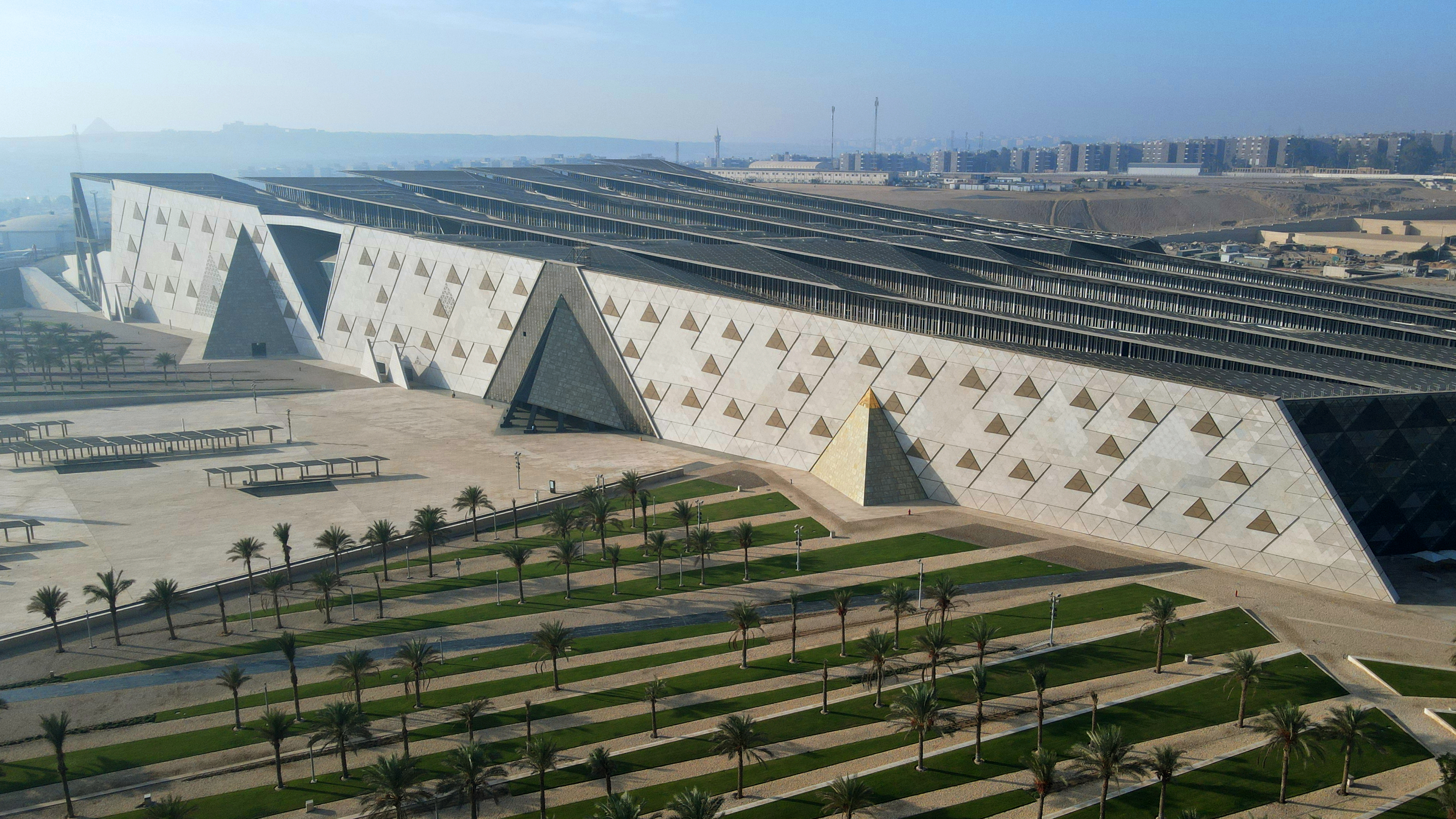 The Grand Egyptian Museum – a monumental tribute to one of humanity’s most captivating civilisations – is now complete
The Grand Egyptian Museum – a monumental tribute to one of humanity’s most captivating civilisations – is now completeDesigned by Heneghan Peng Architects, the museum stands as an architectural link between past and present on the timeless sands of Giza
-
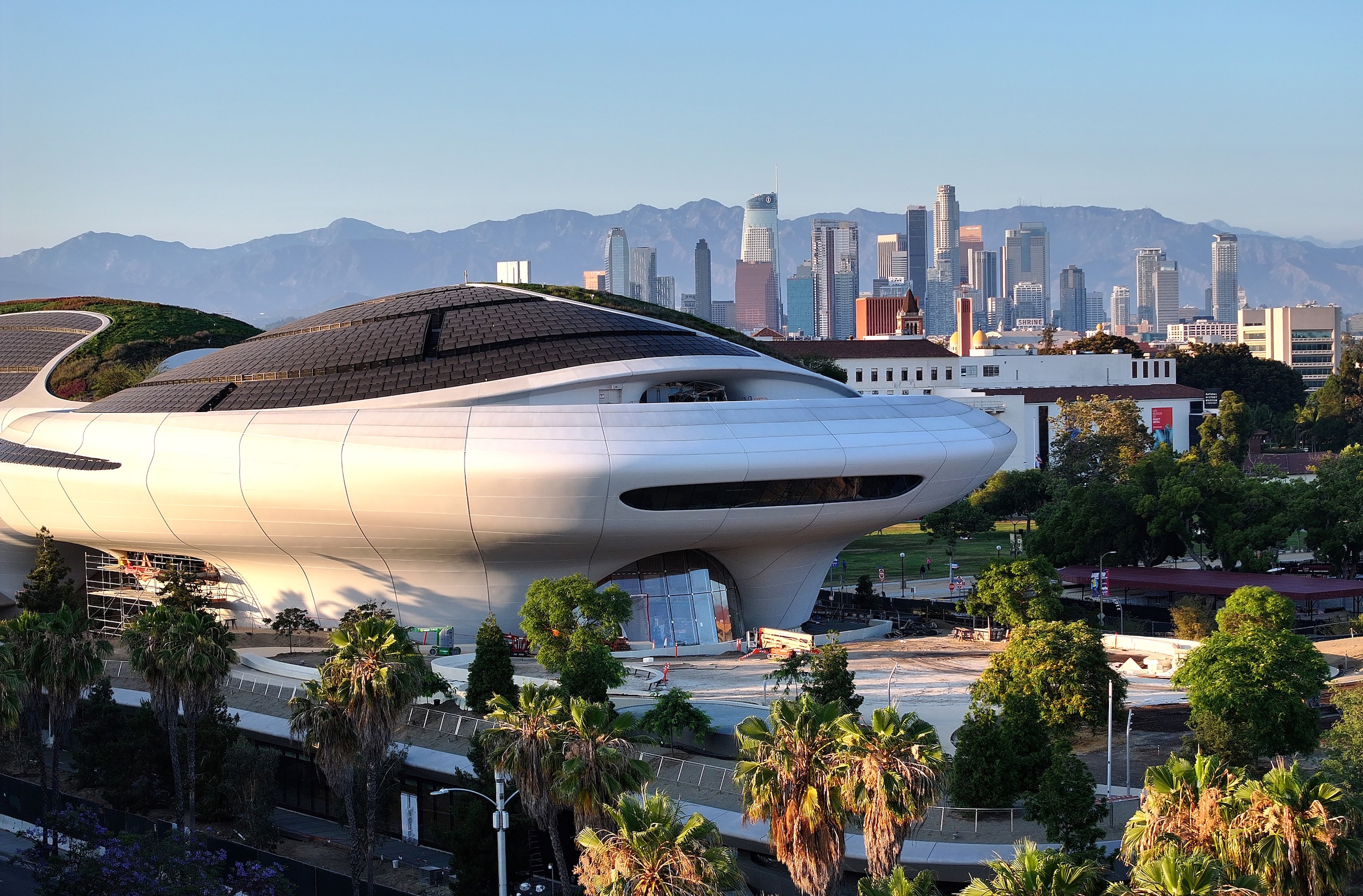 George Lucas’ otherworldly Los Angeles museum is almost finished. Here’s a sneak peek
George Lucas’ otherworldly Los Angeles museum is almost finished. Here’s a sneak peekArchitect Ma Yansong walks us through the design of the $1 billion Lucas Museum of Narrative Art, set to open early next year
-
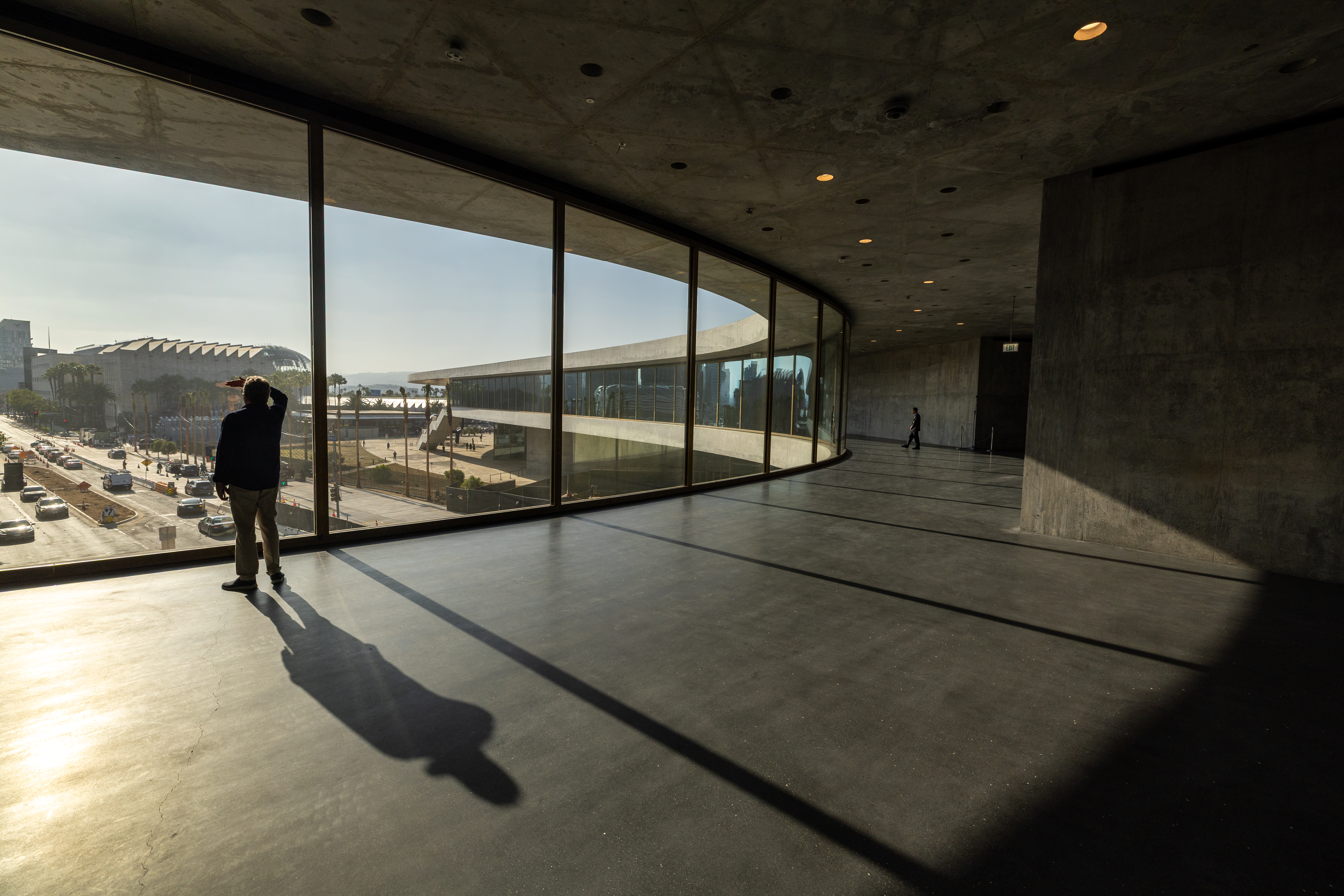 The great American museum boom
The great American museum boomNine of the world’s top ten most expensive, recently announced cultural projects are in the US. What is driving this investment, and is this statistic sustainable?
-
 The Yale Center for British Art, Louis Kahn’s final project, glows anew after a two-year closure
The Yale Center for British Art, Louis Kahn’s final project, glows anew after a two-year closureAfter years of restoration, a modernist jewel and a treasure trove of British artwork can be seen in a whole new light
-
 You’ll soon be able to get a sneak peek inside Peter Zumthor’s LACMA expansion
You’ll soon be able to get a sneak peek inside Peter Zumthor’s LACMA expansionBut you’ll still have to wait another year for the grand opening
-
 NYC's The New Museum announces an OMA-designed extension
NYC's The New Museum announces an OMA-designed extensionOMA partners including Rem Koolhas and Shohei Shigematsu are designing a new building for Manhattan's only dedicated contemporary art museum
-
 Gulbenkian Foundation's new art centre by Kengo Kuma is light and inviting
Gulbenkian Foundation's new art centre by Kengo Kuma is light and invitingLisbon's Gulbenkian Foundation reveals its redesign and new contemporary art museum, Centro de Arte Moderna (CAM), by Kengo Kuma with landscape architects VDLA
-
 Modernist architecture: inspiration from across the globe
Modernist architecture: inspiration from across the globeModernist architecture has had a tremendous influence on today’s built environment, making these midcentury marvels some of the most closely studied 20th-century buildings; here, we explore the genre by continent